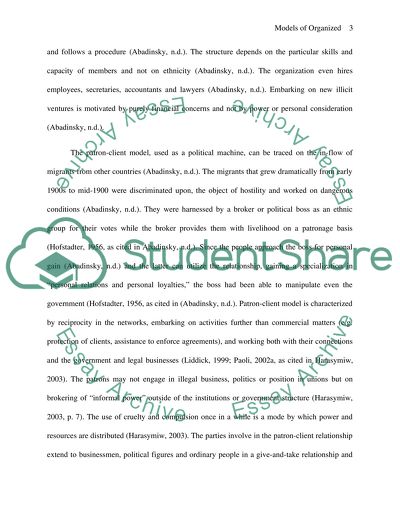Models of Organized Crime Executive Summary Essay. Retrieved from https://studentshare.org/miscellaneous/1556149-models-of-organized-crime-executive-summary
Models of Organized Crime Executive Summary Essay. https://studentshare.org/miscellaneous/1556149-models-of-organized-crime-executive-summary.


